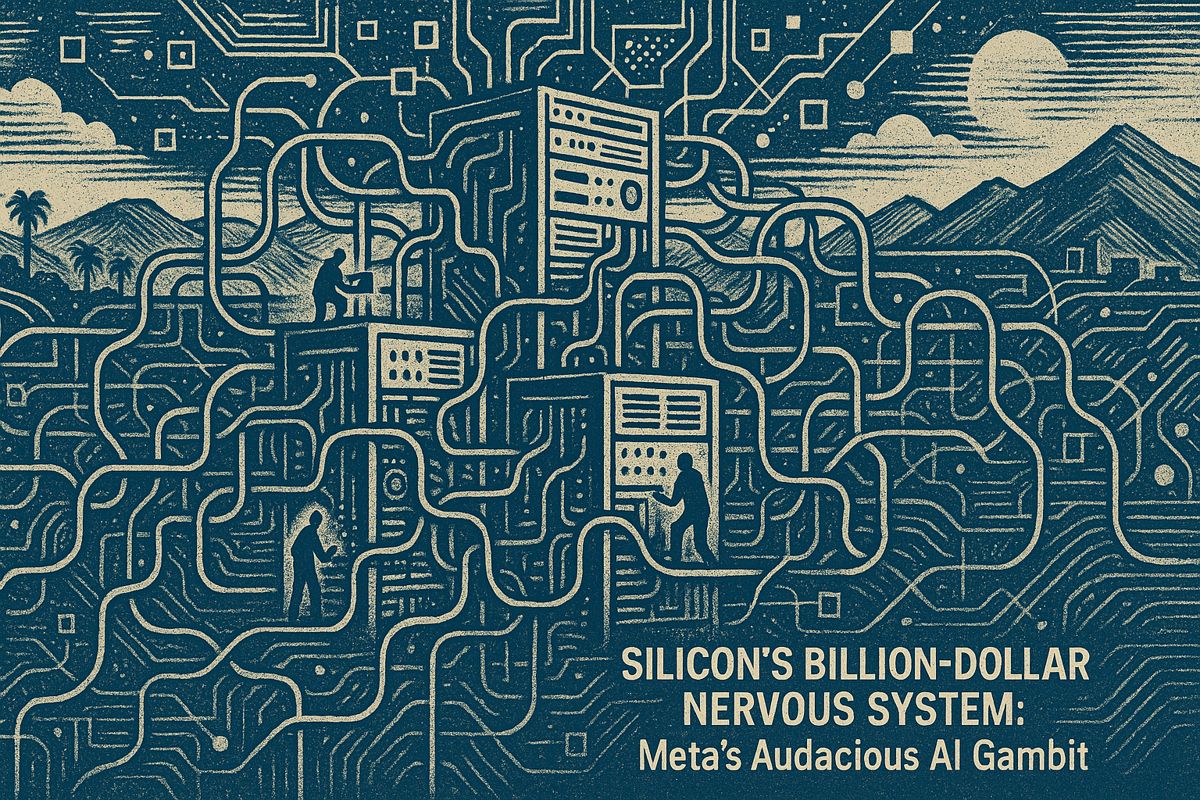Claude makes office work easier by quickly creating Excel, Word, and PowerPoint files from big projects in just one chat. You just upload your data, give Claude clear instructions, and it makes ready-to-use documents while keeping your information safe. Lots of people and companies trust Claude for handling business tasks. You can build smart reports and slideshows step by step, making changes as you go, and download the files to use anywhere. Claude works with many office formats and helps teams save time by automating boring tasks.
How does Claude streamline document creation for office workflows?
Claude revolutionizes office workflows by generating Excel, Word, and PowerPoint files from large project archives in a single chat. Simply enable file creation, upload data, and prompt Claude – quickly producing polished, editable documents while maintaining data privacy in a secure, sandboxed environment.
Why Claude transforms Office workflows
Claude’s 200K-token context window can ingest large project archives and return finished Excel, Word, and PowerPoint files inside one chat. Since the feature launched in preview, Claude has reached 30 million monthly active users and 22 000 enterprise customers, according to SQ Magazine’s 2025 market data. This reach signals broad confidence in Claude as a practical business assistant.
Getting started – enable file creation
- Open Claude.ai or the desktop app.
- Select Settings ▸ Experimental.
- Toggle Code execution and file creation. Files are generated in a private, sandboxed environment, so Claude can run Python or JavaScript without touching your local machine.
- Upload relevant source files or paste detailed requirements. The more structure Claude sees, the richer the output.
Tip: File creation is available for Pro, Max, Team, and Enterprise plans. Free accounts can read but cannot generate Office files.
Part 1: Build a smart Excel model
- Start a new chat titled “Quarterly Budget Tracker”.
- Paste or upload a CSV with last year’s expenses.
- Prompt example (copy as one block):
Create an Excel workbook with two sheets – Raw_Data and Dashboard.
- Clean the Raw_Data sheet, add a Month column inferred from dates, and calculate year-to-date totals.
- In Dashboard, build a dynamic table summarizing spend by category with slicers for quarter selection.
- Include conditional formatting: red when variance exceeds 5 percent.
Save as Budget_Tracker.xlsx. - Wait for Claude to finish coding. Download the .xlsx file and open it in Excel or Google Sheets – formulas are standard, no VBA.
- Iterate: “Add a chart showing monthly burn rate and place it below the summary.” Claude edits the existing workbook instead of starting from scratch.
Part 2: Draft a long-form Word report
- Upload the finished spreadsheet so Claude can reference live numbers.
- Prompt: “Write a 1500-word executive summary that cites figures from Budget_Tracker.xlsx. Use Chicago style headings and embed the burn-rate chart.”
- Claude returns a .docx file with formatted headings, figure captions, and automatic table of contents.
- Follow-up tweaks such as “shorten the methodology section to 100 words” refine the same file.
Part 3: Design a polished PowerPoint deck
- Prompt: “Turn the executive summary into a 10-slide investor deck with a classic, minimal theme. Highlight variance hot-spots in red and include speaker notes.”
- Claude produces Investor_Deck.pptx with charts linked to the Excel workbook. Opening the deck in PowerPoint reveals master-slide layouts, consistent color palette, and editable shapes.
- Ask “add an appendix slide listing data sources” to update the deck instantly.
Advanced workflow tip
Teams using Microsoft 365 Copilot can now select Claude Sonnet 4 instead of OpenAI models through the Researcher agent dropdown, as reported by The Journal on 8 Oct 2025. This lets administrators route high-context tasks to Claude while keeping simpler scripts on the default engine. Always pilot with non-confidential data first, because Claude runs on Anthropic servers outside Microsoft’s tenant boundary.
Quick FAQ
-
Which output formats are supported?* .xlsx, .docx, .pptx, and .pdf today. CSV and Markdown exports are on Anthropic’s roadmap but not yet live.
-
Is the feature safe for sensitive data?* Files are created in a transient sandbox. However, Anthropic advises supervision for regulated workloads and recommends stripping personally identifiable information before upload.
-
Can I automate the entire chain?* Yes. Copilot Studio and Google Workspace add-ons let you trigger Claude with templates, but many teams begin with conversational prompting to validate outcomes before scaling automation.
How do I enable Claude’s file creation feature?
First, verify your subscription tier. File creation is available to Pro, Max, Team, and Enterprise customers.
Next, open your Claude settings panel and toggle ON “Code execution and file creation.”
Once enabled, you can simply ask Claude to “build a quarterly budget spreadsheet” or “draft a 10-slide pitch deck,” and it will return a ready-to-open Excel, Word, PowerPoint, or PDF file.
Remember: the feature is still labeled “preview,” so review any sensitive outputs before sharing.
Which Office formats can Claude generate and how good is the formatting?
Claude writes native .xlsx, .docx, .pptx, and .pdf files.
Inside Excel it adds real formulas, conditional formatting, and multi-sheet links; in PowerPoint it applies master-slide layouts, icons, and speaker-notes; in Word it inserts table-of-contents, headers, and citation styles.
Early benchmarks show Claude Sonnet 4 outperforming GPT-5 in financial-model accuracy and PowerPoint polish scores (Microsoft internal test, Sep 2025).
Files open bug-free in Microsoft 365 and Google Workspace without extra plug-ins.
What does the new Microsoft 365 Copilot + Claude integration give me?
Starting September 24 2025, licensed Copilot users see a model switcher dropdown inside Word, Excel, Outlook, and PowerPoint.
Selecting “Claude” lets the same chat session tap Claude’s 200k-token context for deep-research tasks – think 50-page RFP summary or cross-workbook variance analysis – while still living inside your Office ribbon.
Because Claude runs on Anthropic servers, admins must opt-in once via the Microsoft 365 admin center; after that, end-users can toggle freely between OpenAI and Claude models.
Is my data safe when Claude creates or reads files?
Anthropic executes code in a sandboxed, short-lived container that is destroyed after each request.
For the Copilot integration, data leaves the Microsoft cloud, so IT teams should apply the same DLP rules they use for third-party SaaS.
Google Workspace users grant OAuth scopes (read-only or read-write) that can be revoked anytime; audit logs show exactly which emails or docs Claude accessed.
Pro tip: strip personal identifiers from file names and sheet tabs before uploading if you work under strict GDPR or HIPAA regimes.
How are real teams using Claude file creation today?
- Finance – A 40-person FP&A group at a U.S. retailer cut month-end close reporting from 3 days to 4 hours by having Claude auto-generate variance walk-forward decks and departmental budget spreadsheets.
- Marketing – A B2B SaaS startup feeds competitive-news PDFs to Claude and receives ready-to-present slide decks for weekly stand-ups.
- Education – A university research lab batches 100-page literature reviews into annotated Word docs, saving each grad student ~8 hours per proposal.
Across industries, 68 % of first-time users report “high satisfaction” within 48 hours (SQ Magazine, Q2 2025) and the Claude subreddit community has grown to 300 k members, reflecting active peer-to-peer workflow sharing.



















